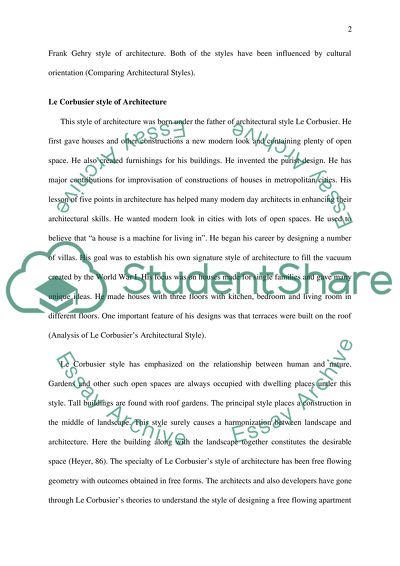Cite this document
(n.d.)
Retrieved from https://studentshare.org/architecture/1393921-comparison-between-frank-gehry-s-and-le-corbusier
Retrieved from https://studentshare.org/architecture/1393921-comparison-between-frank-gehry-s-and-le-corbusier
()
https://studentshare.org/architecture/1393921-comparison-between-frank-gehry-s-and-le-corbusier.
https://studentshare.org/architecture/1393921-comparison-between-frank-gehry-s-and-le-corbusier.
n.d. https://studentshare.org/architecture/1393921-comparison-between-frank-gehry-s-and-le-corbusier.


